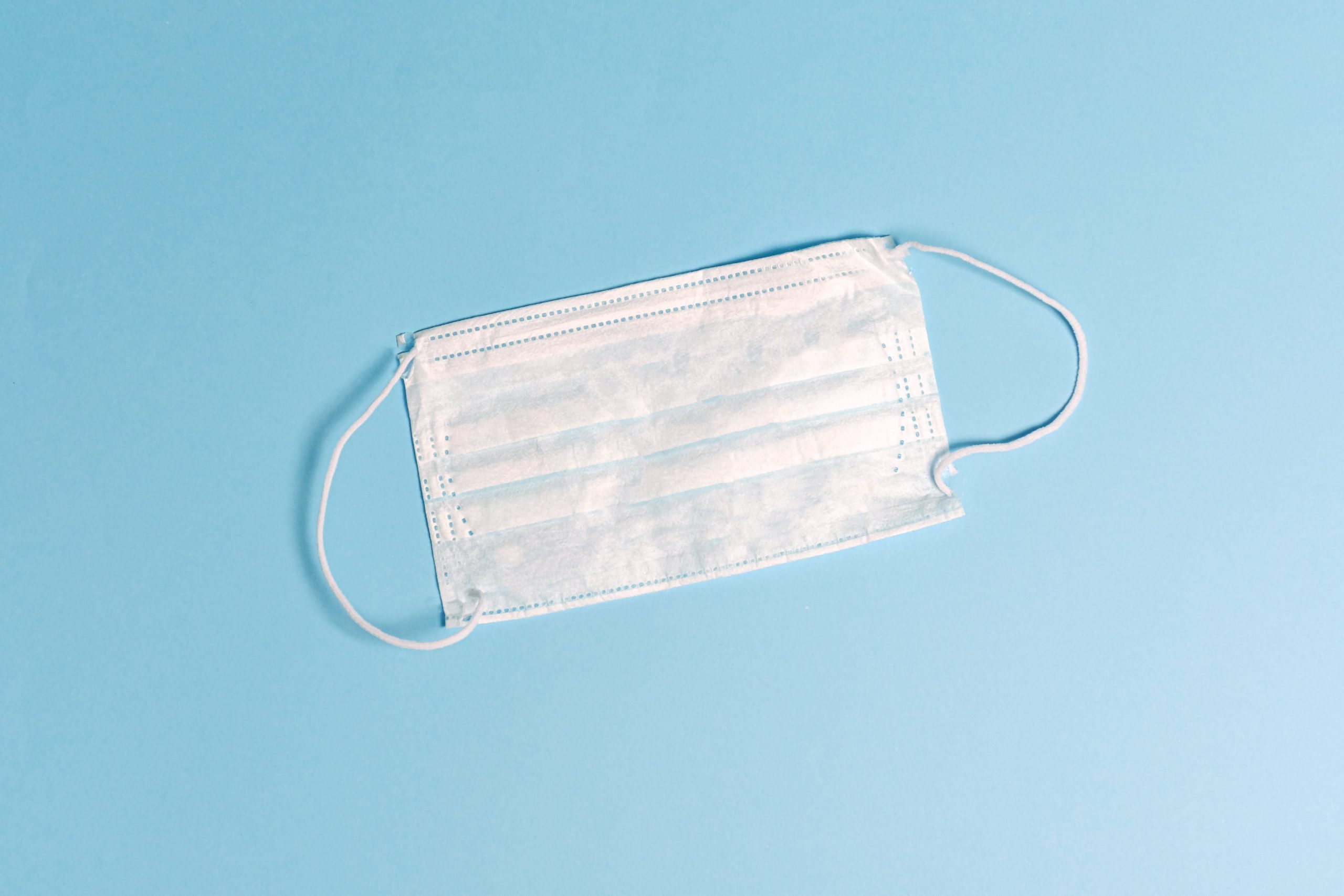- January 12, 2024
A disconcerting slowdown: Depressing consumer demand dulls the shine of India’s post-Covid domestic market

Private final consumer expenditure (PFCE) growth is estimated tumbling to 4.4% this year from 7.5% in FY23, and one-third its growth rate at the recovery peak in FY22, 11.2%.
Early estimates of a 7.3% growth in GDP this year have created strong expectations about sustained medium-term growth at a similar path, based on raised potential output. Only time can validate these structural developments. Meanwhile, the sagging private consumption in FY24, the first year of full economic normalisation after the pandemic, is disconcerting. Without restoration of consumer demand to past strength, self-sustaining growth in the medium-term is doubted—persistent weakness cannot just discourage business investments but in the extreme case, even trigger capital flight in search for alternatives. This article discusses the implications.
Private final consumer expenditure (PFCE) growth is estimated tumbling to 4.4% this year from 7.5% in FY23, and one-third its growth rate at the recovery peak in FY22, 11.2%. The successive, steep slide is alarming—it is unusual that private consumer spending accounts for just 34% of the 7.3% GDP growth, a big slippage from the respective 61 and 72% in preceding two years, and almost half the pre-pandemic 58.6% average. The 2.5 percentage points added by private final consumer spending this year compares to an annual average addition of 3.8 points before the pandemic.
It must be recalled the private consumption slowdown pre-dates the pandemic—growth dropped to 5.2% in FY20 and it grew slower at 6.2% on average after 2016-17 relative to 7.4% strength in FY14-17. Excluding the pandemic shock year, such a long stretch of consumption slowdown has not been historically observed in the last two decades. Comparable declines during similar shocks have been limited—two years in FY09-10 (average 4.7%), three years in FY01-03 (4.1% average), and five years in FY91-95 (3.7%). Therefore, the duration of the present slowdown, interspersed by a credit-fuelled, short-lived burst of consumption growth in FY18 is more perturbing.
Will consumption continue to slow or renew? How will this revive? What are the probable triggers?
Historically, the return of growth has been a trigger, as for example in FY10-11, FY04-08, and FY95-97. This is intuitive because income, or rather disposable income—actual income available to spend after taxes and transfers—is the primary driver of private consumer expenditure, so it is unusual this hasn’t picked pace in this instance. The GDP estimates show gross national disposable income (GNDI) growth halved in FY24—nominal disposable income per capita grew 7.7% against 14.6% in FY23. This exceeds average retail price growth (5.5%), less so for food inflation (6.8%), and significantly lagging cereal prices’ growth (12%). This matters when almost half the consumption basket consists of food—sacrificing other, non-essential expenditure is a rational coping mechanism.
Two, net product taxes grew faster than real GDP at 12.5% upon 10.1% last year; in current prices, these rose 17.9% over 22.9% a year ago. This is astonishing performance and yet it is uncertain if this represents bridging the tax gap (estimated around 5% by the IMF) because of numerous additional revenue measures in FY23, some continuing into FY24. Three, transfers reduced with pandemic-time measures withdrawn (such as stoppage of extra foodgrains) and revenue expenditure shrinking. Has the triple whammy of higher inflation, raised taxes, and reduced transfers depressed consumption? Nominal per capita consumer expenditure growth fell to 8.5% in FY24 from 13.8% last year.
This plays out in a context of steep drawdown of household financial savings—to 5.1% of GDP in FY23, from 7.2%, FY22) —and a rapid increase in financial liabilities to 5.8% of GDP in FY23 from 3.8% the year before. Borrowing enables consumption smoothing, and indeed, in FY24 too, personal loans for vehicles, housing, durables, etc., unsecured and credit card loans from banks and NBFCs have grown very fast, supporting consumption spending. However, the fast-paced growth amidst lowering savings and disposable incomes raises doubts about a probable playout of 2017-18, when the credit-fuelled boost to arrest a sharp drop in consumer spending—to 6.2% from 8.1% in FY17—restored a 7.1% increase in FY19, but quickly went bust as income growth collapsed in FY20, dragging down consumption before the pandemic.
A third, steady trigger has been public capex, which has maintained investment rates somewhat, encouraging private business spending to an extent. Mostly, infrastructure and construction have steered post-pandemic growth. Financial resource flows dominate infrastructure, with credit to industry remaining subdued. The macro consequences, including for private investments and when corporate and bank balance sheets are at their strongest in many years, are potentially several.
One, it causes the formation of a circular loop in which higher tax revenues are reaped off exceptional corporate profits earned from business activities stimulated by government spending. There’s little argument with this circle if an employment-income-consumption spiral is engendered to inspire more investments. However, consumer spending is subduing, not strengthening. Two, the consumer spending slowdown delays and impedes the shift from government-to-private sector at a point when slowing nominal GDP growth pressurises debt, deficits, and revenues.
Three, at a fundamental level, the continuous pouring of resources into non-tradable sectors, guided by returns exceeding those in tradable segments, raises concerns of real exchange rate appreciation and a consequential undermining of competitiveness when a precisely opposite endeavour to encourage domestic and foreign firms into export-oriented industries is being made through incentive-linked schemes. While domestic firms are largely home-market oriented, foreign direct investments are sagging with repatriation, disinvestment and retreating private equity. India’s primary attraction in the post-pandemic context is its domestic market, its anticipated expansion. Depressing consumer demand dulls this shine.
Finally, corporates are choosing to plough their increasing profits into share buybacks and dividend payouts, obviously not seeing better investment opportunities and returns within the country. The continuation of this cycle cannot be foreseen. However, a situation of capital leaking abroad is not unimaginable if consumer demand fails to restore and grows at lower trend as indeed seen in its evolution for successive years now. The consumption slowdown is disconcerting, the challenge of its renewal is apparent.
Renu Kohli, senior fellow, Centre for Social & Economic Progress (CSEP), New Delhi, penned this piece for Financial Express.
Views are personal and do not represent the stand of this publication.
